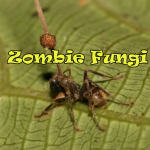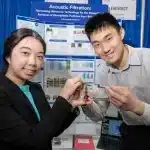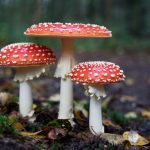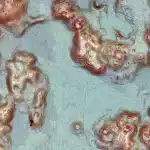Did you know people have been using pesticides for a long time?
Yes. You read that right. And it’s true!
The first records of using them go back to the eighth century BC, when they were mentioned for treating fungus in Homer’s stories.
Homer is thought to have written two important poems of ancient Greece, the Iliad and the Odyssey.
Pesticides have long been used to reduce pest infestations. Many products have been made to control fungi, bugs, weeds, and other pests. It also prevents plant diseases, which helps produce more and better crops. Not to mention, pesticides save farmers a lot of money compared to other pest control methods.
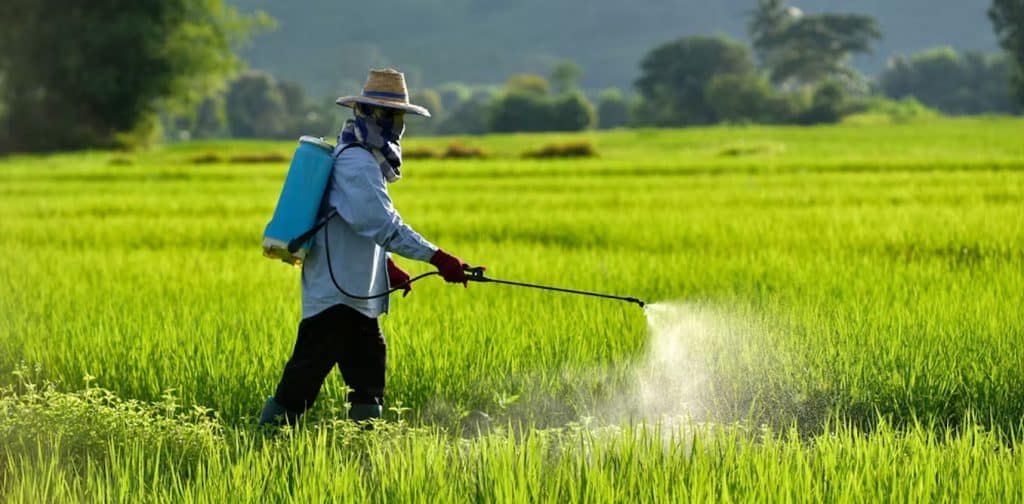
However, using pesticides on produce also has its downside. When fruits and vegetables are treated with pesticides, there is a risk that some residue may remain on the food. If eaten, these traces of pesticide can cause harm to our health.
Some common long-term health problems linked to this include different types of cancer, birth defects, damage to the reproductive system, harm to the immune system, problems with brain development and function, and issues with the body’s hormone regulation system.
Reading this, I’m sure you’ll wonder if your fruits and vegetables are washed properly, too. Are there still pesticides in your food? Is it safe to eat?
Well, what if I told you that a 14-year-old boy has a solution for that?
Meet Sirish Subash, a ninth grader from Snellville, Georgia. He just won first place at the 3M Young Scientist Challenge in St. Paul, Minnesota, and the top cash prize, $25,000.
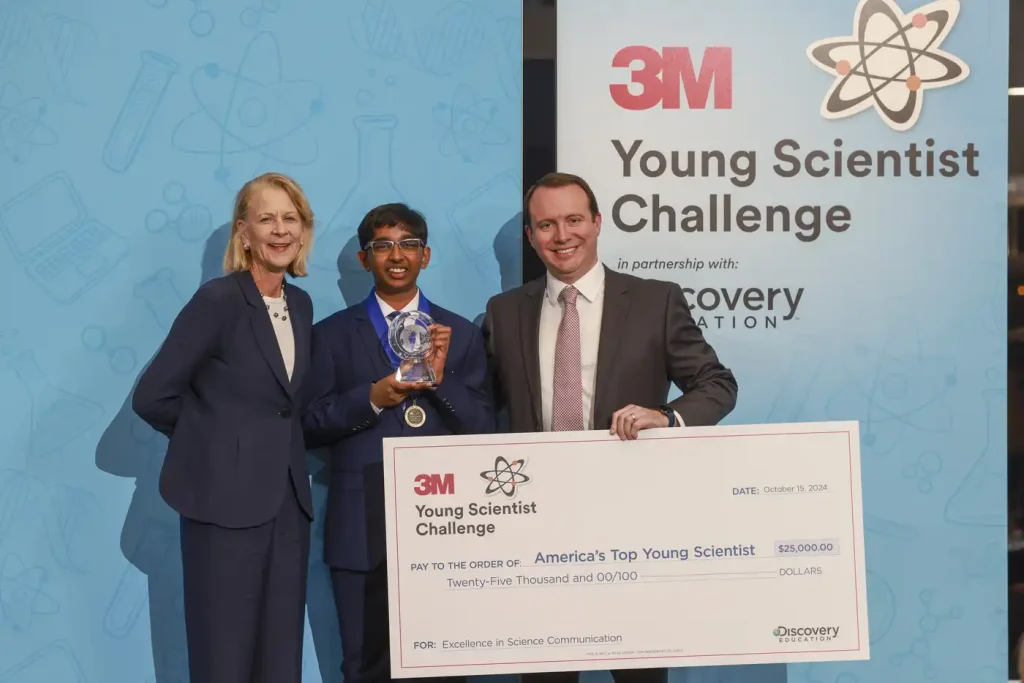
Image Credit: 3M
The 3M Young Scientist Challenge gives middle school students (grades 5–8) a platform to showcase their skills, especially those great at science, technology, engineering, and math (STEM).
For his project, Subash looked into a Food and Drug Administration (FDA) report that found 70.6% of produce has pesticide leftovers.
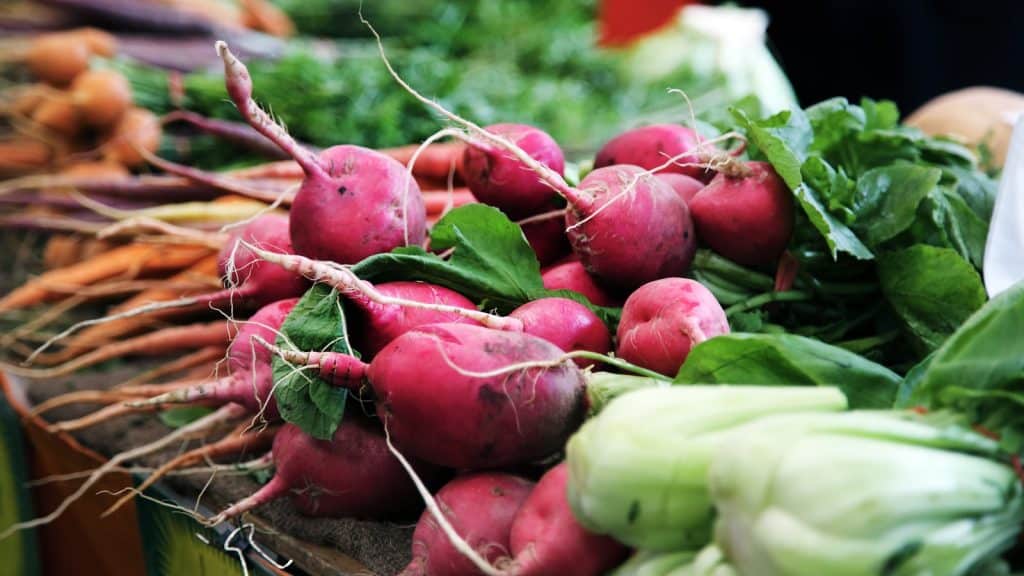
In his research, Subash discovered that the chemicals can cause cancer, mess with your hormones or immune system, lead to skin issues, and more. They’re even linked to serious illnesses like Alzheimer’s and Parkinson’s disease.
However, he noticed there wasn’t a simple method for people to find out if their food still had pesticides. So, he decided to make something that could help with this.
His invention, PestiSCAND, is a device that lets people check their fruits and veggies for pesticides at home.
How does it work?
It measures the light reflecting off fruits and vegetables and determines whether there are any traces of pesticides without ruining the food. It also analyzes the data using an AI model.
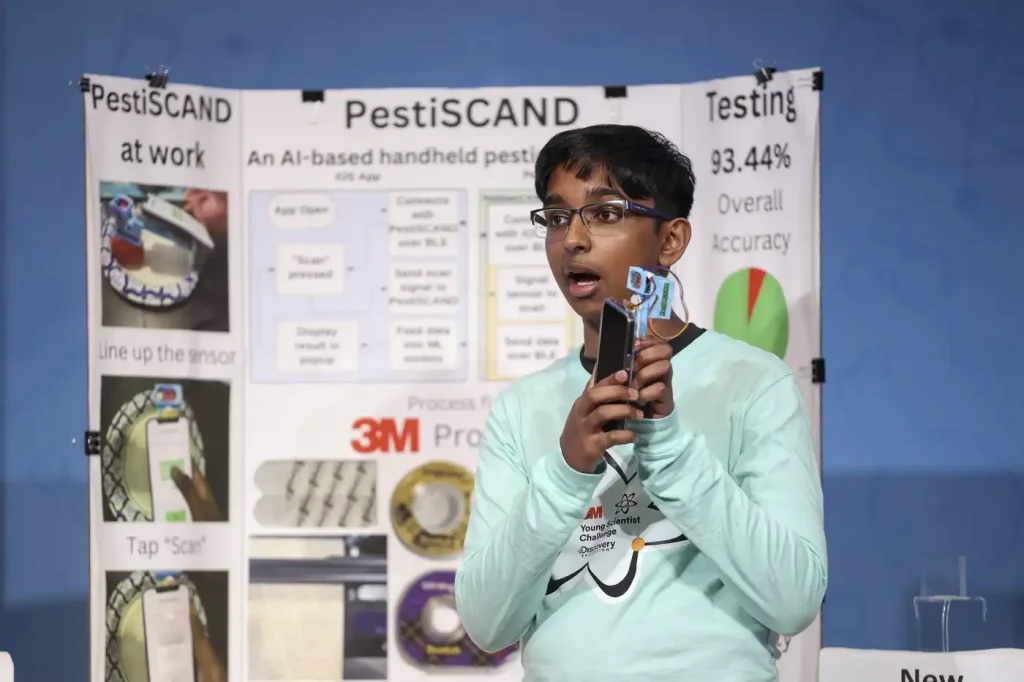
To use this device, you need to download an app on your phone, point PestiSCAND at the food, tap the scan button, and then it tells you if you need to wash your fruit or vegetable again.
“Oftentimes there are these residues from pesticides that are found on produce. If we could detect them, then we could ensure that we weren’t really consuming them,” Subash said. “That’s the main goal of Pestiscand, to help people ensure that they aren’t consuming pesticides used so they can avoid any associated health risks.”
Subash got the idea for his invention during a conversation with his mom. He shared that his parents would always make him wash fruits and veggies before eating them, and he started wondering if that’s really necessary and if it actually makes them clean.
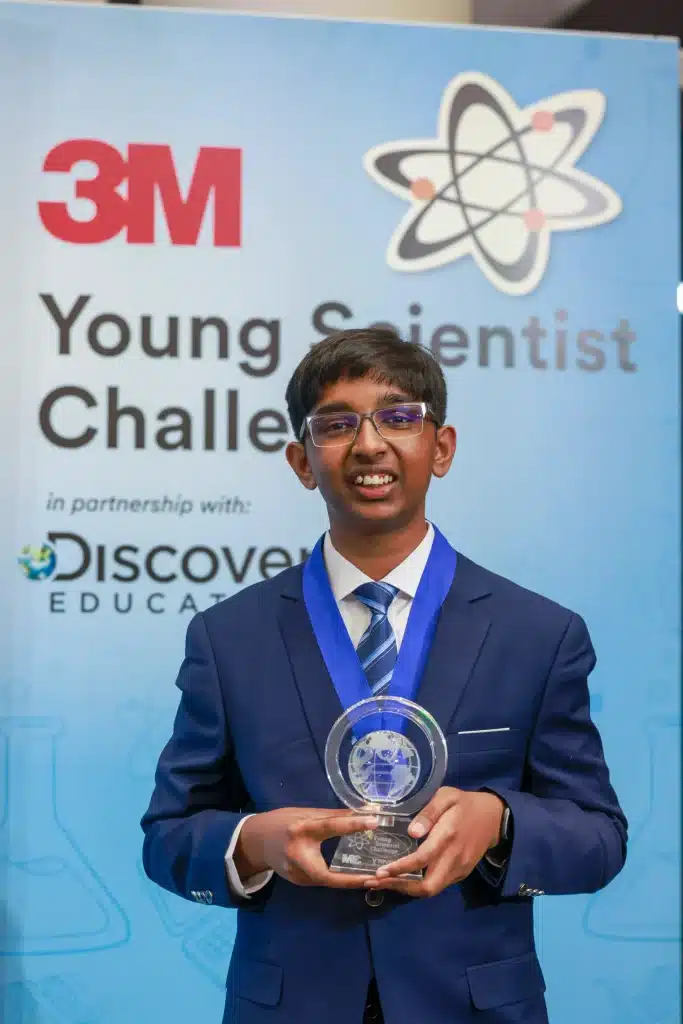
To see if PestiSCAND worked well, Subash used a handheld device powered by AI to check for pesticide traces on spinach and tomatoes. The tool was more than 85% accurate, meeting the project’s goals for being effective and quick.
Even after doing lots of tests, Subash doesn’t believe we should stop washing our fruits and vegetables.
“I would recommend, like going through a rinse. The idea is, after you wash your produce, you can see if it’s really clean,” Subash added. “It’s not to replace washing, but rather to help with ensuring that the produce is truly clean.”

